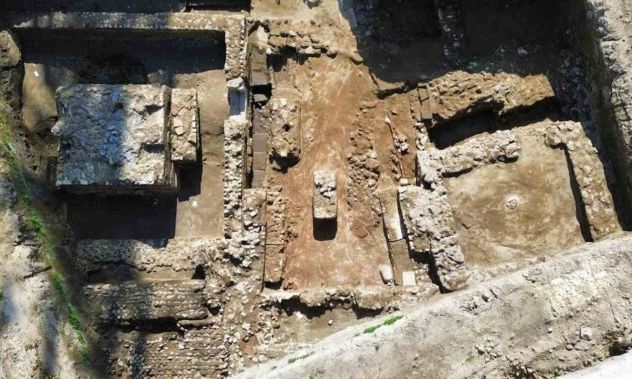Introduction
Zoroastrianism, one of the world’s oldest continuously practiced religions, places profound significance on fire as a central element of worship. The sacred fire (Atar) represents purity, truth, and the divine presence of Ahura Mazda. While textual sources, including the Avesta and later Pahlavi writings, elaborate on fire's religious importance, archaeological evidence provides critical insights into the material culture surrounding Zoroastrian fire worship. This article examines key archaeological discoveries that shed light on the sacred fire's historical role in Zoroastrian practice.
The Role of Fire in Zoroastrian Worship
In Zoroastrianism, fire is venerated as a manifestation of cosmic order (Asha). Fire temples (Atash Behrams and Atash Adarans) house sacred flames that undergo meticulous ritual maintenance, signifying continuity between ancient and contemporary Zoroastrian communities. The three major grades of fire—Atash Behram (victorious fire), Atash Adaran (fire of fires), and Atash Dadgah (fire of the court)—represent varying levels of sanctity, each requiring specific consecration processes.
Archaeological Discoveries of Fire Temples
Numerous fire temples have been uncovered across Iran, Central Asia, and the Indian subcontinent, providing tangible evidence of Zoroastrian fire worship.
Takht-e Suleiman (Iran) – This UNESCO-listed site, dating back to the Sassanian era (3rd-7th centuries CE), contains the remains of a grand fire temple. The central fire sanctuary, with its distinctive altar, aligns with textual descriptions of an Atash Behram.
Naqsh-e Rustam (Iran) – The presence of fire altars and ritual structures in this necropolis suggests royal patronage of Zoroastrian fire worship during the Achaemenid period.
Surkh Kotal (Afghanistan) – This Kushan-era site features a fire sanctuary with inscriptions that provide insights into the syncretism between local religious traditions and Zoroastrianism.
Baku Ateshgah (Azerbaijan) – Though later influenced by Hindu and Sikh communities, the fire temple at Baku reveals the endurance of fire worship practices historically linked to Zoroastrianism.
Fire Altars and Ritual Implements
Archaeological evidence of fire altars includes distinct platforms constructed to maintain and venerate the sacred flame. Notable discoveries include:
Pasargadae and Persepolis Fire Altars – These early Achaemenid altars demonstrate state-sponsored Zoroastrian practices.
Hearths and Ceramic Braziers – Excavations at sites such as Nisa (Turkmenistan) and Merv (Uzbekistan) reveal portable fire altars, indicating the mobility of Zoroastrian rites.
Inscribed Fire Stands – Artifacts from Sassanian sites depict sacred fires, sometimes bearing inscriptions invoking Ahura Mazda.
The Decline and Legacy of Zoroastrian Fire Temples
The advent of Islam in Persia led to the decline of many fire temples, with some repurposed or abandoned. However, diasporic Zoroastrian communities, particularly in India (Parsis), continued to preserve fire temple traditions, reinforcing the significance of fire worship. Modern excavations, combined with textual analysis, continue to expand our understanding of fire’s role in ancient Zoroastrianism.
Conclusion
Archaeological evidence underscores the centrality of fire in Zoroastrian religious practice, affirming its symbolic and ritualistic importance across different historical periods. The study of fire temples, altars, and related artifacts not only provides insight into Zoroastrianism’s past but also highlights its enduring legacy in contemporary religious practice. Future excavations and interdisciplinary research will further illuminate the evolution of sacred fire worship within one of humanity’s most ancient religious traditions.







